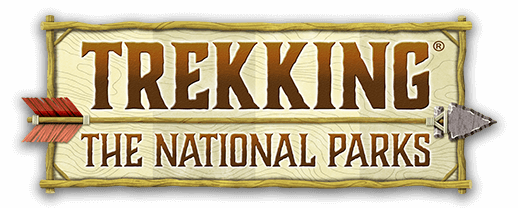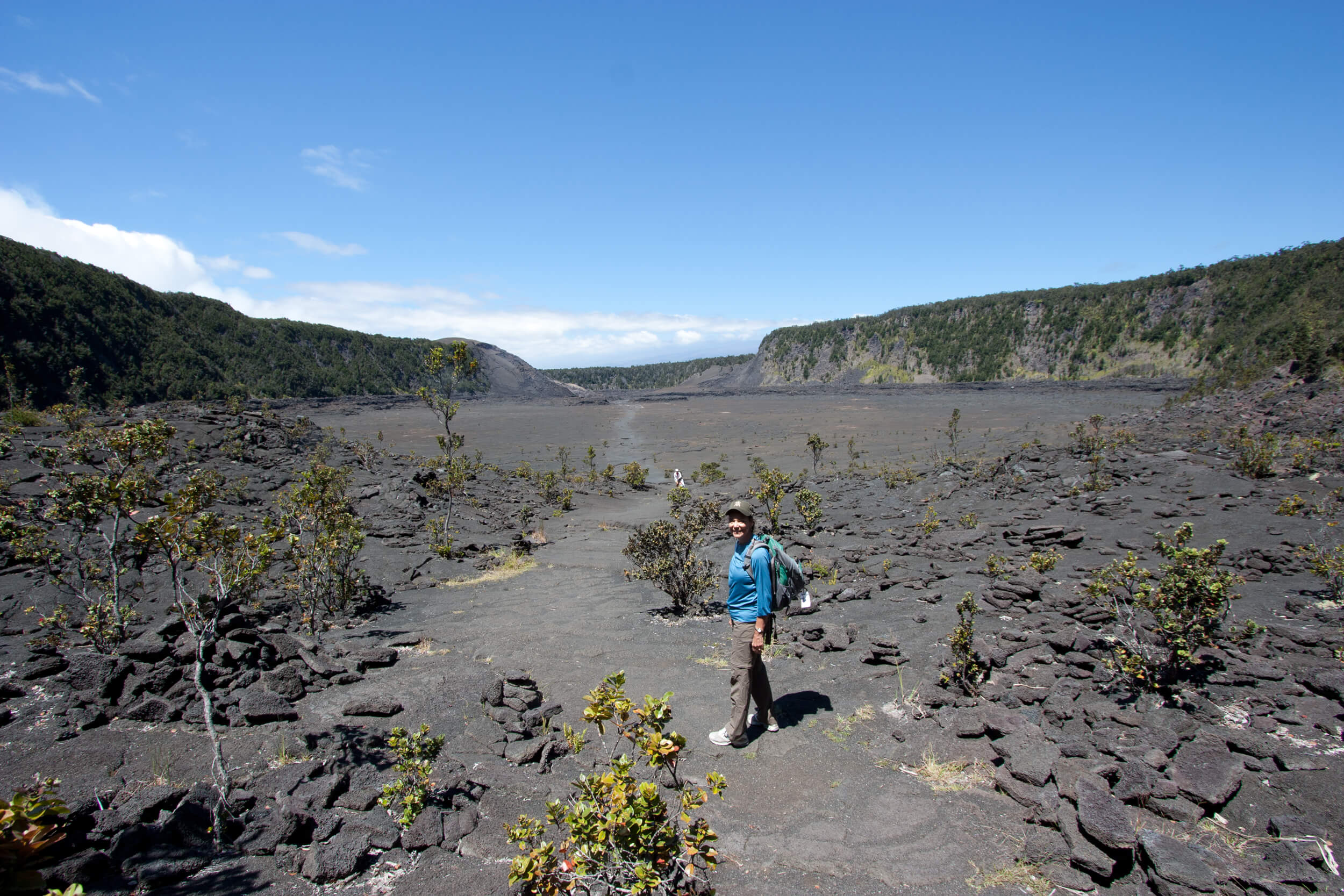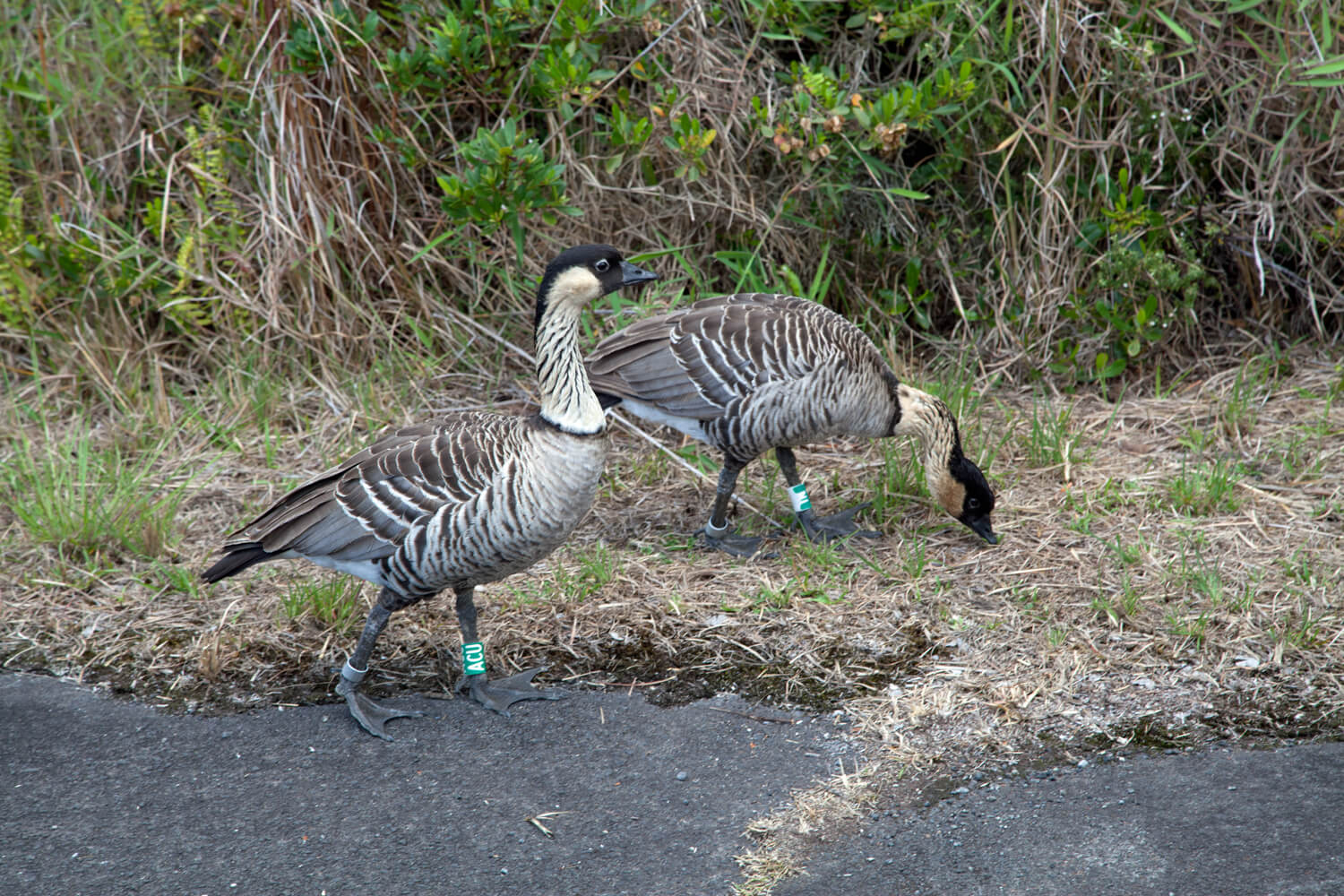Hawai'i Volcanoes National Park
Located: Big Island of Hawaii - Established: August 1, 1916
Warning! As of this writing (June 5, 2018), the Kilauea Volcano is extremely active and most of the park has been closed until further notice. Check with the park's website before planning a trip to this "active volcano!"
The Park.When visiting this remarkable park, DO NOT breathe in the sulphur dioxide-laced air spewing from the Halema’uma’u Crater near the Jagger Museum! If you do, your lungs will hate you! I did and I suffered the consequences!
What makes this park so intriguing are two of the world’s most active, fire-breathing volcanoes – Kilauea and Mauna Loa! Both continuously remind us of the strength of Mother Nature. And how helpless mankind is in relationship to these powerful forces.
Park Coastline at the end of the Chain of Craters Road
Mauna Loa is arguably the world’s most massive mountain rising up over 30,000 feet from its base on the ocean floor to its summit 13,677 feet above sea level!
For a look at where the lava from the volcanic activity eventually ends up, take the Chain of Craters Road down to the road’s end…where the lava flow has covered it! Take in the view of the Holei Sea Arch. Along the way, stop off and make the short hike out to the Pu’u Loa Petroglyphs. And don’t miss the Thurston Lava Tube.
Boardwalk out to the Pu'u Loa Petroglyphs
Island Rock Art
Getting there. Hawaii Volcanoes is located on the Big Island of Hawaii. The park is 30 miles southwest of Hilo and 96 miles from Kailua Kona via route 11.
When to visit. The park is open year round. Some sections of the park are closed during Nene breeding season and during hazardous volcanic conditions.
What to do. Hike a volcanic crater! There are numerous hiking trails in the park – strenuous backcountry trails for the hearty and plenty of day hikes for those who wish to get a sampling of what it’s like to walk on a volcano.
Trekking the Kilauea Iki Trail during our 31st park visit. This hike is currently OFF LIMITS due to the current volcanic activity!
A day hike you should do is the popular 4-mile loop Kilauea Iki Trail that starts in a rainforest before descending 400 feet down to the craggy crater floor. Once at the bottom of the caldera, you will trek across what was once a molten lava lake. Steam still rises out of the cracks.
The buckled crust you are walking on is the result of the continuous cooling and subsiding of the crater floor that was formed when the Kilauea Iki Crater erupted in 1959.
Where to stay: Hawaii Volcanoes NP presents two camping opportunities within the park boundaries. Namakanipaio Campground, is located 31.5 miles south of Hilo on Highway-11 at 4,000' elevation. It is a large, open grassy area with tall eucalyptus and 'Ohi'a trees. The Hawaii Volcano Lodge Company manages this facility and offers 16 tent sites and 10 four person camper cabins.
Kulanaokuaiki Campground is located about 5 miles down the Hilina Pali Road at 2,700' elevation. There is NO WATER at this location. This new campground has 8 campsites.
There are plenty of lodging options on the Big Island including the Volcano House located a short walk from the Kilauea Visitor Center; however, the Kilauea Lodge located just outside the park boundaries was one of the most romantic escapes we’ve ever experienced. The owner and chef of the Lodge, Albert Jeyte, was the former makeup artist for the show Magnum PI. When Hollywood canceled the show, Albert decided to stay and transformed a former YMCA facility into a fantastic place to stay!
Holei Sea Arch
Memorable moment: Hiking the Kilauea Iki Trail and staying at the Kilauea Lodge.
Trivia: Kilauea volcano has been spilling lava almost continuously since 1983 thus adding 500 acres of new land to the island whole covering over 8 miles of highway up to 115 feet deep! Recently, this volcano has added new acreage to the Big Island!
Banner: Lava fields along the Pu'u Loa Petroglyphs Trail.
Experience these Check List:
- Stop by the Kilauea Visitor Center (once it reopens)
- Visit the Jagger Museum
- Take the Crater Rim Scenic Drive
- Take the Chain of Craters Road down to the coastline
- Visit the Pu’u Loa Petroglyphs
- Hike the Kilauea Iki Trail
NeNe - official bird of the state of Hawaii.







